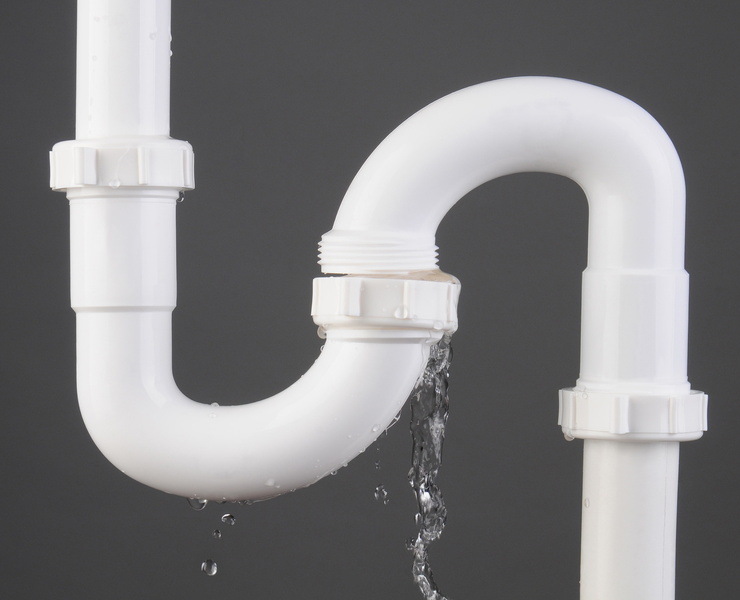We've unearthed this great article relating to Hacks to detect leaks below on the web and figured it made good sense to write about it with you on my blog.

Early detection of dripping water lines can alleviate a possible disaster. Some tiny water leaks may not be visible.
1. Check Out the Water Meter
Every home has a water meter. Checking it is a proven way that helps you discover leaks. For beginners, switch off all the water sources. Guarantee nobody will flush, make use of the faucet, shower, run the washing machine or dishwasher. From there, go to the meter as well as watch if it will transform. Considering that nobody is utilizing it, there should be no movements. If it moves, that suggests a fast-moving leakage. If you spot no modifications, wait a hr or 2 and inspect back once again. This means you may have a slow leakage that could even be underground.
2. Inspect Water Usage
If you find sudden changes, regardless of your usage being the same, it suggests that you have leaks in your plumbing system. A sudden spike in your costs suggests a fast-moving leak.
A steady rise every month, also with the exact same routines, reveals you have a slow leak that's likewise gradually escalating. Call a plumber to extensively check your residential or commercial property, especially if you really feel a cozy location on your flooring with piping below.
3. Do a Food Coloring Examination
When it comes to water intake, 30% comes from commodes. If the shade in some way infiltrates your dish during that time without flushing, there's a leakage in between the storage tank and bowl.
4. Asses Exterior Lines
Do not forget to check your outdoor water lines too. Should water permeate out of the link, you have a loosened rubber gasket. One small leak can lose tons of water and surge your water bill.
5. Evaluate and also Analyze the Scenario
House owners must make it a practice to inspect under the sink counters as well as also inside closets for any kind of bad odor or mold and mildew development. These two warnings suggest a leak so punctual interest is called for. Doing regular evaluations, also bi-annually, can save you from a significant problem.
More significantly, if you know your home is currently old, maintain a watchful eye on your heaters, hose pipes, pipelines and so on. Look for discolorations and also damaging as the majority of devices and pipes have a life span. They will certainly also naturally wear away as a result of tear as well as use. If you believe dripping water lines in your plumbing system, do not wait on it to intensify. Call a specialist plumber as soon as possible so you do not wind up with a horrible mess in your house.
Early discovery of dripping water lines can reduce a possible catastrophe. Some small water leakages may not be visible. Checking it is a guaranteed way that assists you uncover leaks. One little leak can waste bunches of water and spike your water bill.
If you suspect leaking water lines in your plumbing system, don't wait for it to escalate.
How to Know If Your Home Has a Hidden Leak
Water Meter Reveals Inexplicable Water Usage
If you’d like to test whether or not there’s a leak somewhere in your home, you can do this using your water meter. Here is how to conduct the test:
Don’t use any water in your home for at least 30 minutes; this also means not turning on faucets or water-using appliances.
Go outside, and check your water meter for activity.
If your water meter shows that there was activity, even though no one was using any water, this proves that there is a leak in your home.
Visible Mold or Mildew Growth
Leaks behind walls create moist, dark environments that allow mold and mildew to grow and thrive. Eventually, you might see mold growth forming on the wall closest to a hidden leak.
If mold is growing in an area that receives a high amount of moisture, such as a bathroom, it may simply be an indication that better ventilation is needed. However, if you see mold growth on a wall or the ceiling in an area where you would not expect, you probably have a hidden leak.
Musty, Mildew Odor
Sometimes you might not be able to see the mold or mildew that is growing as a result of a leak. However, the smell can give the problem away just as easily. If you catch a whiff of something musty, there’s a good chance that old water is collecting somewhere in your home that you can’t see.
Stained/Warped Walls, Ceilings, or Floors
When your home soaks up water, a variety of red flags can become visible, including ceiling stains, bubbling drywall, warped walls, and sagging floors. While these issues can be caused by excess humidity, they can also be signs that a pipe or plumbing connection has started leaking behind your walls.
Inexplicably High Water Bill
After a while, you get a general sense for what your water bill should be. If you own a pool or sprinkler system, your bill will tend to be higher during summer. However, if you receive a water bill that seems especially high, and you can’t figure out what caused it, then you may have a hidden leak somewhere that’s increasing your bill.
https://www.plumbingjoint.com/blog/2019/july/how-to-know-if-your-home-has-a-hidden-leak/

We were guided to that write-up on Hacks to detect leaks from a friend on our other web address. Remember to take the opportunity to share this post if you enjoyed it. Many thanks for going through it.
Comments on “Overview To Water Leakage Discovery At Home”